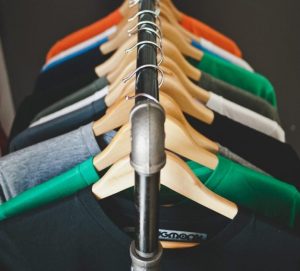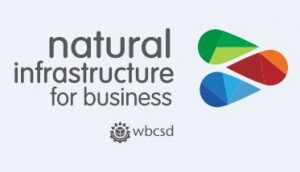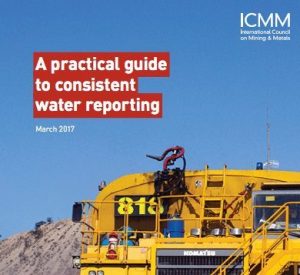Primary Functions
- Learn about the benefits of a new textiles economy based on the principles of a circular economy.
Detailed Description
The textiles system operates in an almost completely linear way: large amounts of non-renewable resources are extracted to produce clothes that are often used for only a short time, after which the materials are mostly sent to landfill or incinerated. More than USD 500 billion of value is lost every year due to clothing underutilisation and the lack of recycling. Furthermore, this take-make-dispose model has numerous negative environmental and societal impacts. For instance, total greenhouse gas emissions from textiles production, at 1.2 billion tonnes annually, are more than those of all international flights and maritime shipping combined. Hazardous substances affect the health of both textile workers and wearers of clothes, and they escape into the environment. When washed, some garments release plastic microfibres, of which around half a million tonnes every year contribute to ocean pollution – 16 times more than plastic microbeads from cosmetics. Trends point to these negative impacts rising inexorably, with the potential for catastrophic outcomes in future. This linear system is ripe for disruption.
This report outlines a vision for a system that works, delivering long-term benefits – a new textiles economy based on the principles of a circular economy. It offers a direction of travel on which the industry can agree and focus its efforts. In a new textiles economy, clothes, textiles, and fibres are kept at their highest value during use and re-enter the economy afterwards, never ending up as waste. This vision is distinct from, and complements, ongoing efforts to make the textiles system more sustainable by minimising its negative impacts. With specific emphasis on innovation towards a different system, a new textiles economy presents an opportunity to deliver substantially better economic, societal, and environmental outcomes.





